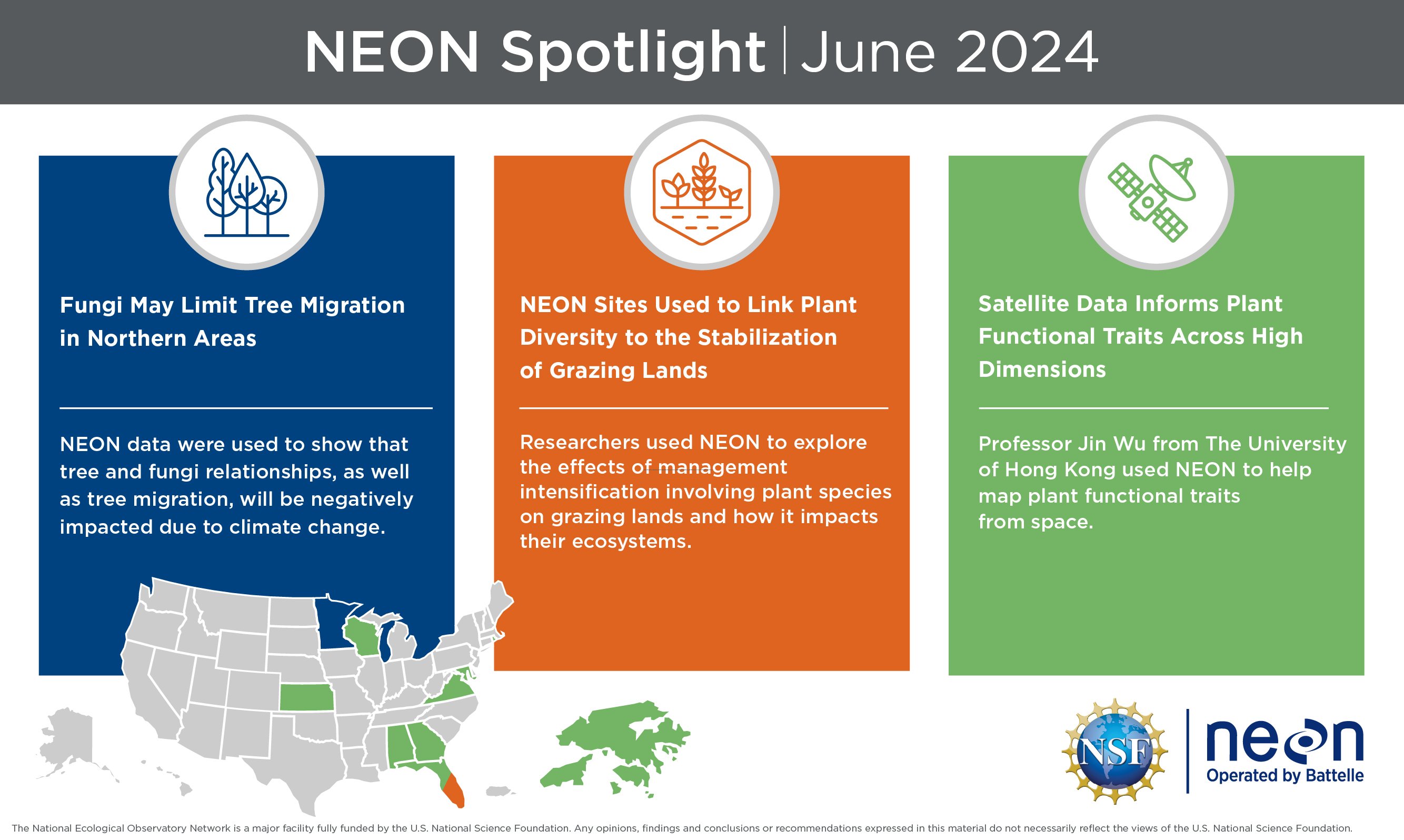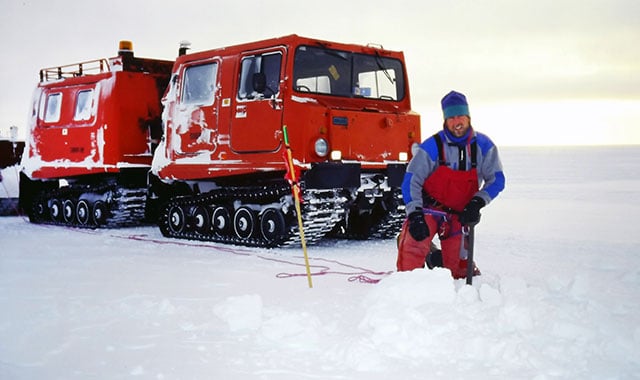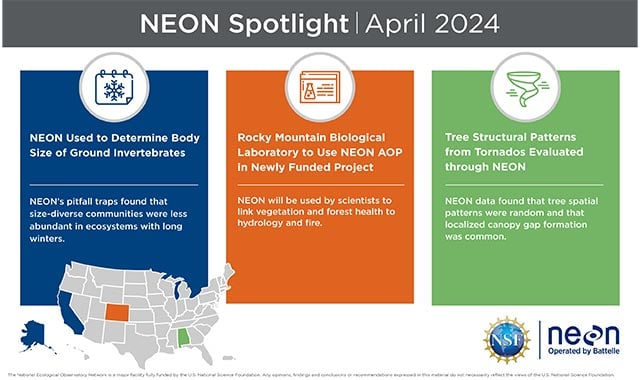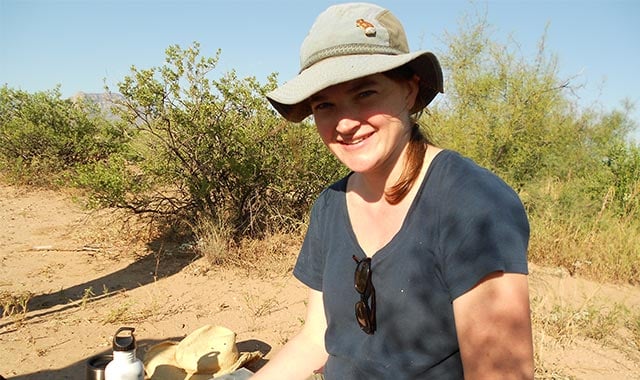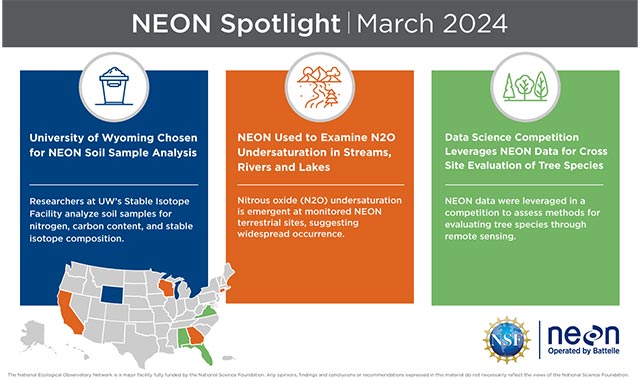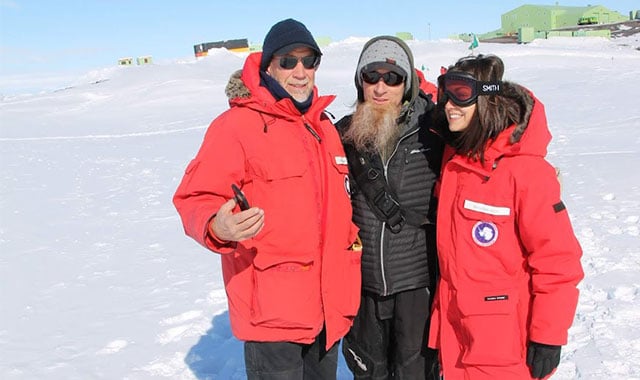Polar Work, NEON Experience Leads Battelle’s Nick Romano to a Fulfilling Career
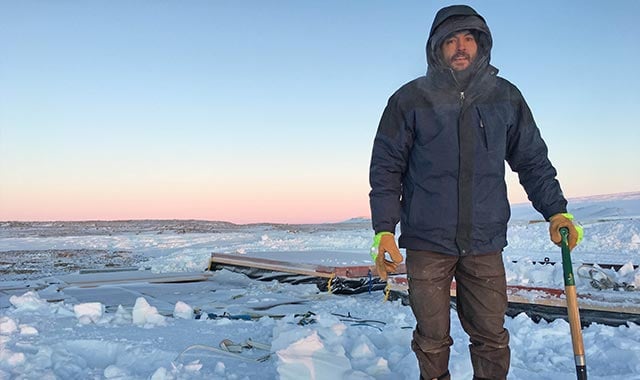
Building a team capable of success is a top goal for any organization. One sure way is to develop the talents of those already contributing in addition to bringing in experienced new employees.
Nick Romano is a Program Manager in Battelle’s Applied Science and Technology division and lives in Montana where he works for Battelle’s Research Infrastructure business that manages the National Science Foundation’s (NSF’s) Arctic Research Support and Logistics Services and National Ecological Observatory Network (NEON).
But he didn’t start his career as a manager of research and development programs. At the University of Iowa, Romano earned degrees in math and physics. “I have always loved science, as long as I can remember,” he said. “I envisioned I would be a scientist. But I’ve found myself involved with the support side. I tend to have many science interests. My career has allowed me to be involved with a huge diversity of science projects.”
Planning on graduate school, he instead accepted an opportunity to work in the Antarctic on field research projects. “There was an immediate fit,” he said. “I really enjoyed the science support in remote places like the Antarctic. Deep field science campaigns are really challenging. With an ambitious project in a remote location, all kinds of support activity have to be coordinated for the science to be accomplished. The more remote, the more challenging and complex the support needs tend to be. I enjoy staying close to the science but working on the operational side.”
He found himself putting to use skills he’d learned as a kid, when he’d worked carpentry and construction jobs. Also a skilled climber and mountaineer and high school soccer player and distance runner, Romano enjoys the hard-edged elements polar locations offer. “A blend of technical, field and science expertise is a good fit for these remote projects,” he said. “There’s a physical element and there’s a mental element to being able to stay positive and endure in difficult conditions. Bringing those together is important.”
Romano worked on the polar programs in both the Antarctic and Arctic, visiting each five times at locations such as Summit Station, McMurdo Station, and WAIS Divide. Work such as getting ice core samples and doing subglacial surveys on hidden mountain ranges broadened his knowledge base. “Success for these efforts is safely accomplishing ambitious science objectives,” he said. “You have to keep an open mind and a positive attitude and be able to trouble shoot and be flexible—they’re the best tools you have in these places.”
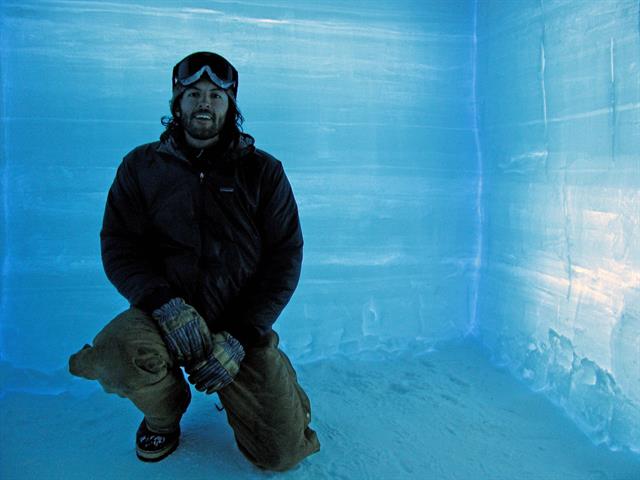
From the poles, he came on to work on the NEON program. “It was such a great chance to get involved in the early stage of a large NSF project,” he said. “My polar work translated well. I could integrate easily with the science teams. I was part of the group instrumenting and working to get the sites established. It was a great progression to take on the next level of challenge in organizing and operating while getting closer to the science at the same time.”
Battelle completed the construction of NEON and began operation producing expert ecological data from sites across the continent. Romano’s work experience for NEON brought him to Battelle-centric work. “My involvement in NEON is how I got started with Battelle,” he said. “The experience I’ve had on NSF projects was a good fit. And there’s been a lot of opportunity at Battelle to receive mentorship and develop my management and leadership skills. Battelle has really enabled my career in supporting and executing science.”
Growth opportunities at Battelle have led him to managerial roles on other Battelle projects—an interesting one now in space weather research. Working with the staff at the University of Alaska Fairbanks, Romano’s team is deploying three observatories in Finland and Sweden that will peer up at Earth’s thermosphere and the measure the interaction of space weather events such as solar wind, auroras and charged particles hitting the atmosphere.
Romano and team will travel to northern Scandinavia this summer to set them up, using all the skills he’s honed during his career. The 20-foot containers must be powered up and establish communications before they can be populated with a complex sensor array including a Scanning Doppler Imager, interferometer, and all sky imager. Then, there will be continuing activity to ensure they remain operational, requiring coordination with various teammates from the university and host countries.
“I’ve been fortunate,” he said. “I worked with the U.S. Antarctic program, then I got to continue that work in Greenland. I got to work closely with the science groups and be close to executing the science and seeing the needs of the project and how they’re tied to the support function. It’s great to have technical and management expertise with a love of science. It’s easy to thrive when you’re in love with the things you’re doing.
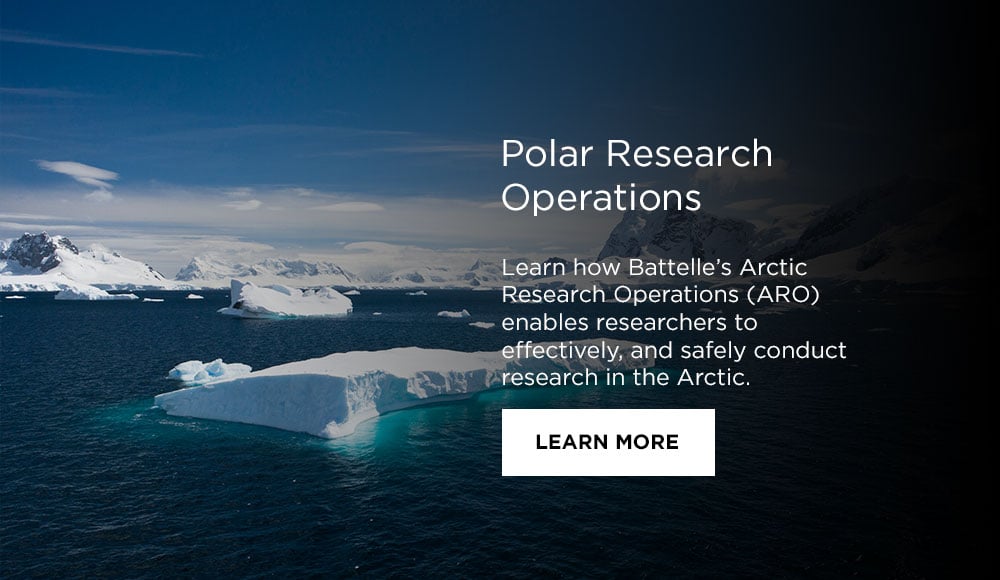
Related Blogs
BATTELLE UPDATES
Receive updates from Battelle for an all-access pass to the incredible work of Battelle researchers.
